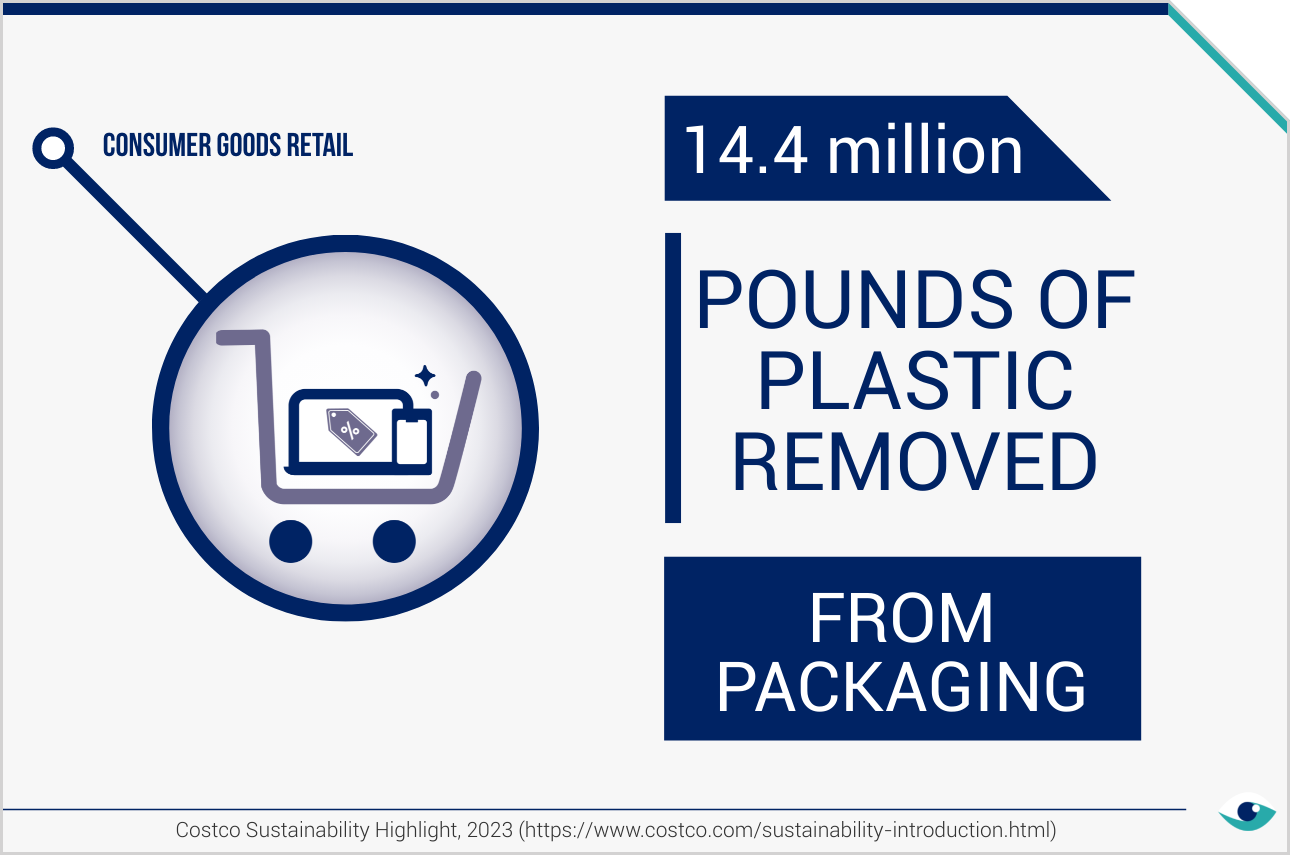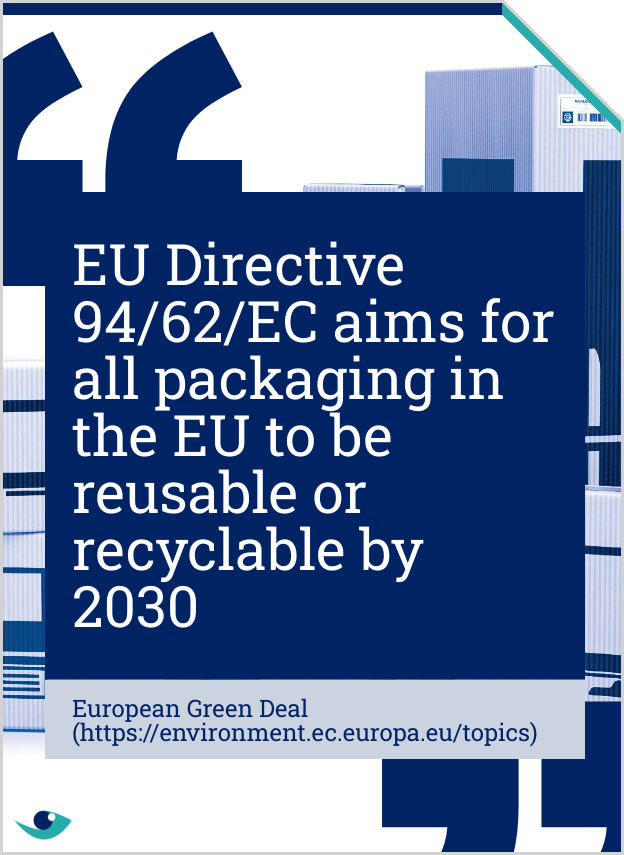As demand for sustainable products rises, organisations in the consumer goods retail industry face challenges due to resource scarcity and conflicts in key sourcing regions. Supply chain transparency issues further complicate material shortages, supply disruptions and reputational risks. The industry's reliance on manufacturers of diverse raw materials like cotton, leather and metals underscores the importance of effective resource management for operational continuity, financial stability and compliance with international standards. Adopting OECD guidelines and enhancing supplier engagement can mitigate supply risks and support sustainability goals.

Tackling supply risks in the consumer goods retail industry
Engaging suppliers to mitigate upstream risks and ensure resilient sourcing of raw materials
Value chain: upstream
Consumer durables retail
AT A GLANCE
Supply chain transparency and sustainable procurement are critical for the industry due to scarcity and conflicts.
Mitigating risks is vital for operational continuity, financial stability and compliance with international standards.
Long-term, effective management of raw materials sourcing is essential for sustainability and risk mitigation.
OECD due diligence
The OECD Due Diligence Guidance for Responsible Business Conduct emphasises due diligence that accounts for enterprise size and resource capacity, stressing flexibility in implementation and the importance of existing resources and technical assistance. Effective management of sourcing is critical for minimising supply chain disruptions linked to availability and costs, with many organisations in manufacturing and retail industries adopting OECD guidelines to enhance traceability and accountability.
Supplier engagement
Entities in the consumer goods retail industry should prioritise engagement with suppliers to handle risks associated with sourcing materials like cotton and leather, enhancing transparency through certification standards. As a manufacturer and retailer, Nike focuses on direct engagement with material suppliers, setting ambitious targets across its supply chain. Nike is recognised as a leading exponent of outsourcing and supply chain diversification.

Certification standards
Certification standards are crucial for enhancing transparency in the supply chain, helping entities manage reputational risks and supply disruptions effectively. Adidas has implemented the Leather Working Group’s protocol to ensure most of its leather volume is audited, providing a traceability solution for leather hides. Certification standards are one form of action by organisations which can reduce exposure to price volatility and supply disruptions, while improving brand reputation.

Sustainable sourcing goals
Adidas also aims to broaden the scope of its audit to include traceability to the slaughterhouse by 2030, illustrating a long-term commitment to transparency and sustainability in sourcing. Under SASB guidelines, organisations need to disclose strategies for managing business risks associated with sourcing raw materials based on two main metrics (CG-AA-440a.3 and CG-AA-440a.4), which deal with supply chain risk management and puchase volumes respectively. The industry shifting towards more rigorous and standardised sustainability reporting.
FURTHER READING
- Supply chain due diligence (OECD)
- Measuring value chain sustainability (Higg index)
- Sustainable raw material sourcing (Textile Exchange Report)
